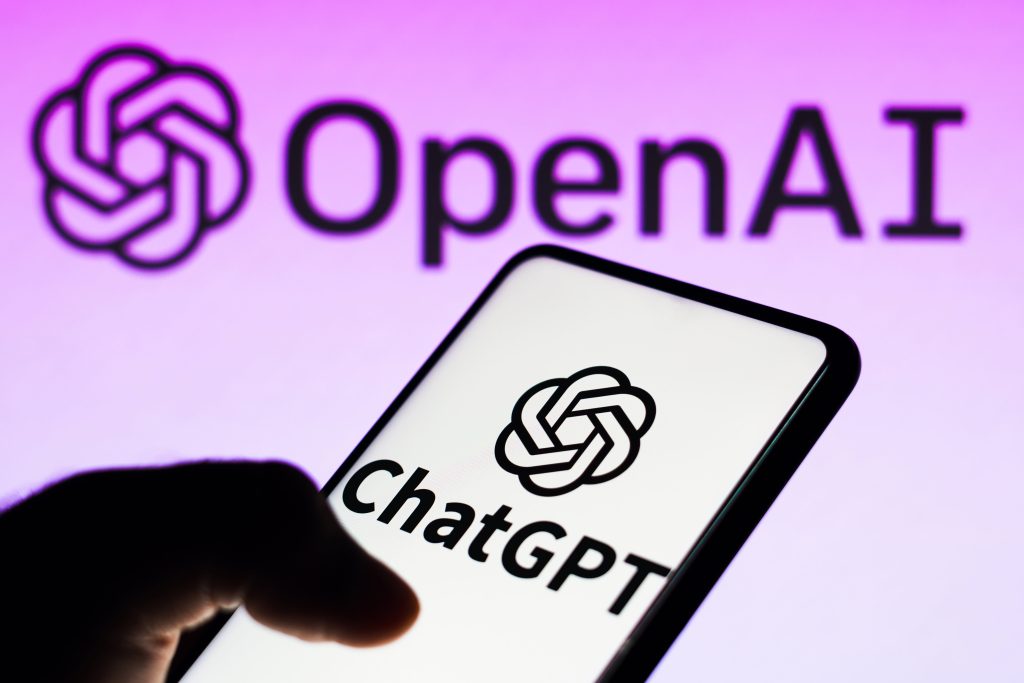Darknet Links as a Tool for Enhanced Digital Privacy in an Increasingly Monitored World
In an era where digital surveillance is pervasive and data privacy is under constant threat, darknet links have emerged as a powerful tool for enhancing online anonymity and protecting sensitive information. The darknet, often misunderstood and misrepresented, refers to encrypted networks accessible only through specific software such as Tor. These links allow users to access websites and communicate without revealing their IP addresses or physical locations, thus offering a haven for those seeking refuge from the relentless gaze of government surveillance, corporate data mining, and cybercriminals. At the heart of darknet links lies the principle of decentralization and privacy-by-design. Traditional websites accessible via the surface web rely on centralized servers and expose user metadata, including browsing habits, geographic location, and user behavior. In contrast, darknet services route traffic through multiple layers of encryption, making it nearly impossible to trace the source and destination of data packets. This design is crucial for journalists, activists, whistleblowers, and political dissidents operating in regions where freedom of speech is limited or where expressing dissent can result in imprisonment or worse.

By using darknet links, these individuals can communicate, publish information, and access resources without leaving digital footprints that could lead back to them. Furthermore, darknet links are instrumental in providing secure communication channels. Encrypted email services, anonymous forums, and privacy-focused messaging platforms hosted on the darknet allow users to exchange information in a way that is virtually immune to interception. For instance, platforms like ProtonMail and SecureDrop, though accessible on the surface web, also maintain onion addresses for added security. These services are invaluable for sources who wish to leak information about corruption, corporate malfeasance, or governmental abuses without compromising their identities. The role of darknet links in promoting privacy extends beyond individual users. Companies and organizations concerned with the security of their data have begun to explore darknet hosting to shield themselves from industrial espionage and cyberattacks. Moreover, as concerns over data breaches and privacy violations mount, some legitimate businesses are establishing darknet versions of their sites to offer users enhanced privacy and avoid unwarranted tracking.
By encrypting data and routing it through multiple servers, darknet technologies shield user activity from surveillance. For these users, the darknet becomes a safe haven where their voices can be heard without fear of persecution. This growing acceptance signals a broader recognition of the darknet’s potential as a legitimate privacy tool, not just a shadowy corner of the internet. Despite these advantages, it is important to approach darknet links responsibly. While they offer unmatched privacy benefits, they can also be misused for illicit activities. The challenge lies in separating the tool from its potential for abuse and understanding that, like any technology, darknet links are neutral it is the intention behind their use that defines their value. As society grapples with the complexities of digital rights and surveillance, the darknet links stand as a critical frontier in the fight for privacy. Rather than viewing it solely through a lens of suspicion, it should be regarded as an essential component of a balanced and secure digital ecosystem, empowering users to reclaim control over their personal data in an increasingly monitored world.






